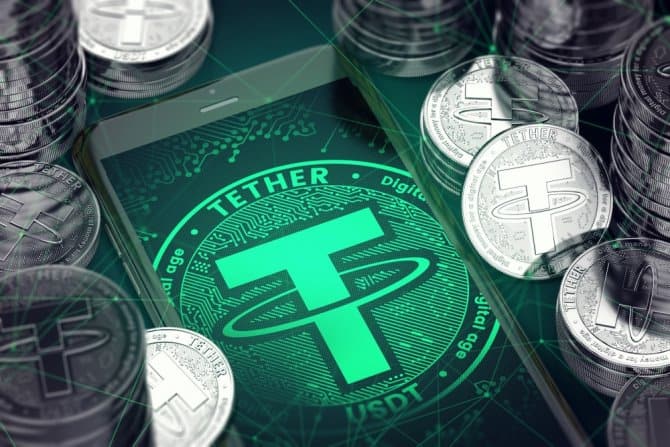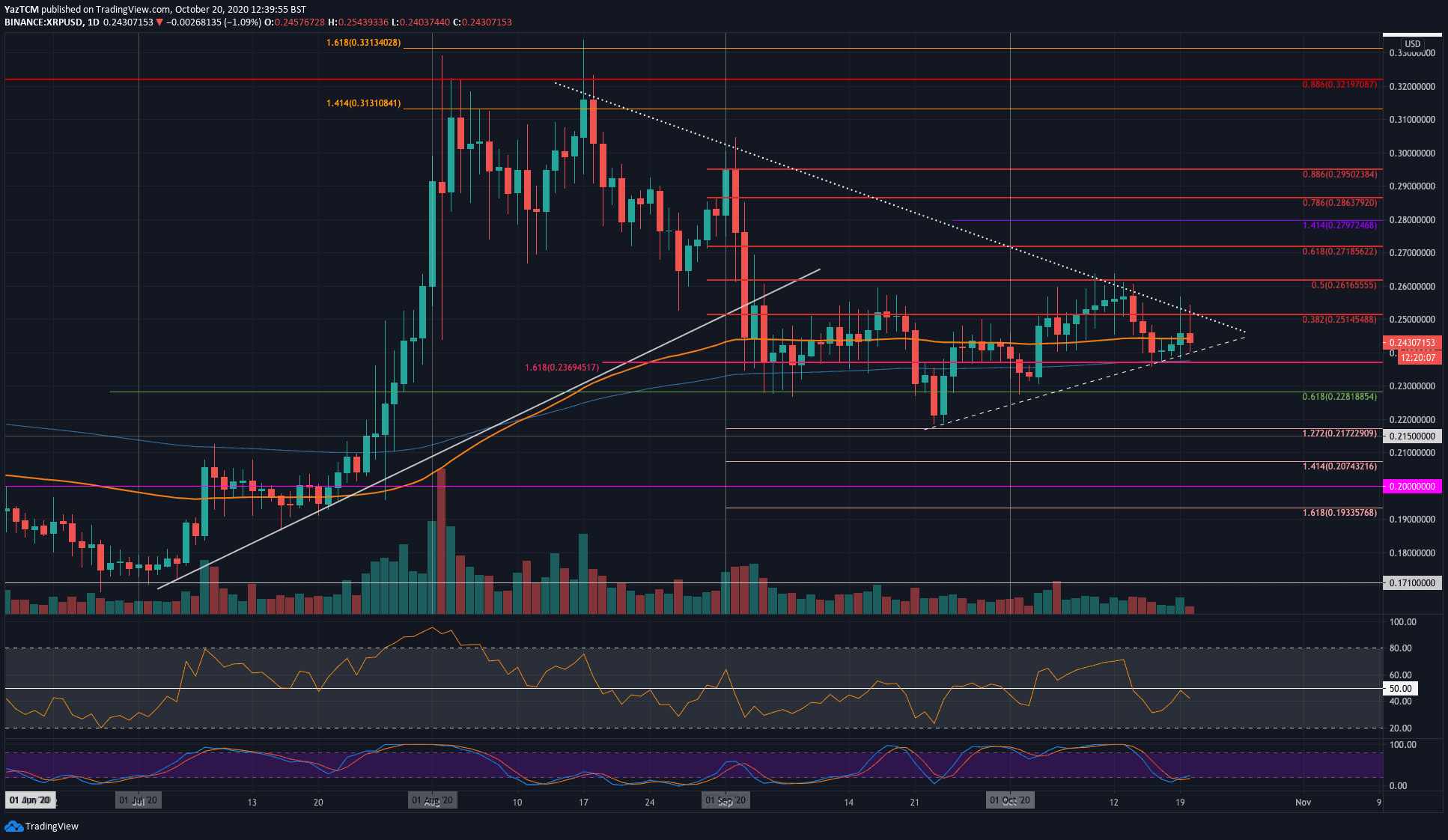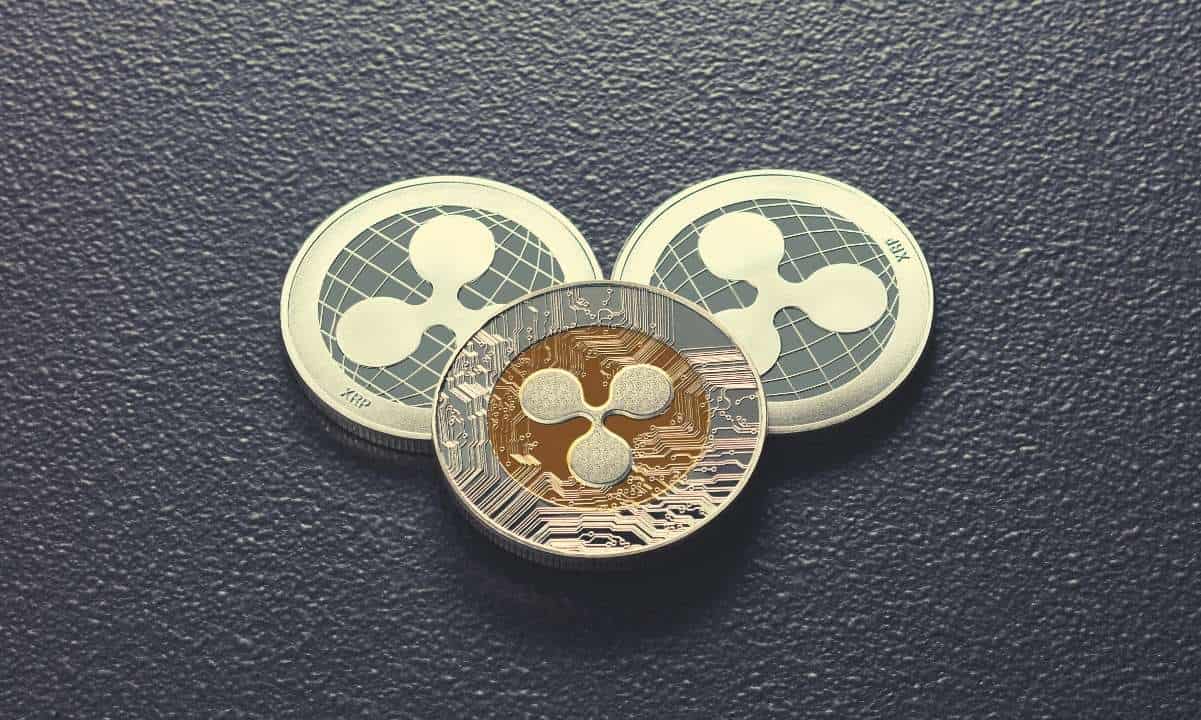Stablecoins Settled as Much Value as Visa in 2022: Analysis
Stablecoin payment adoption continued to thrive last year despite massive capital outflows from the crypto market at large, according to a new report from European hedge fund manager Brevan Howard.
Analysts found that the stablecoin market settled over $11 trillion in value in 2022 and that over 25 million blockchain addresses held over $1 in stablecoins.
Stablecoin Adoption by the Numbers
The fund’s report – co-authored by Venture Co-Head Peter Johnson and quant analyst Sai Nimmagadda – analyzed “non-speculative stablecoin usage” across a range of blockchains and layer 2 networks.
Blockchains included Ethereum Tron, Binance Smart Chain (BSC), Polygon, Optimism, Arbitrum, Fantom, and Avalanche. The stablecoins analyzed included USDT, USDC, BUSD, and TUSD – all of which are backed by bank deposits, US Treasuries, and other highly liquid cash equivalents.
“The vast majority of non-speculative activity uses fiat-backed stablecoins,” noted the report.
Usage of such tokens, it noted, “has decoupled from crypto exchange volumes.” Since December 2021, stablecoin volumes only fell 11%, and weekly stablecoin transactions rose by 25%, while broader CEX and DEX volumes fell 64% and 60%, respectively.
The total value settled through stablecoins last year approached that of card payment giant Visa’s $11.6 trillion figure and dwarfed PayPal’s $1.4 trillion figure. PayPal has now launched its own stablecoin, PYUSD, which it seeks to popularize for low-cost merchant payments worldwide.
The report claimed that most stablecoin users are likely “small/retail users”, given that 75% of weekly active stablecoin addresses transact less than $1000 per week. Over two-thirds of stablecoins are held outside of both exchanges and smart contracts.
Though roughly 50% of stablecoin volume is settled on Ethereum alone, the network accounts for just 3% of total transactions. Compared to other networks, Ethereum is known to contain higher transaction fees that render smaller transactions unfeasible.
By comparison, Tron and BSC account for 75% of stablecoin transactions and 41% of volume.
Tether Remains King
Over half of all stablecoin volume is still dominated by Tether’s USDT. The token not only accounts for 69% of stablecoin supply but 80% of weekly active addresses and 75% of transactions.
Circle’s USDC once rivaled USDT in market dominance but quickly lost market share to the latter after a loss of confidence during a brief dollar-de-pegging event in March.
Tether recently cut support for three blockchains that lacked significant stablecoin activity or adoption, including the token’s very first network, Omni.
The post Stablecoins Settled as Much Value as Visa in 2022: Analysis appeared first on CryptoPotato.









